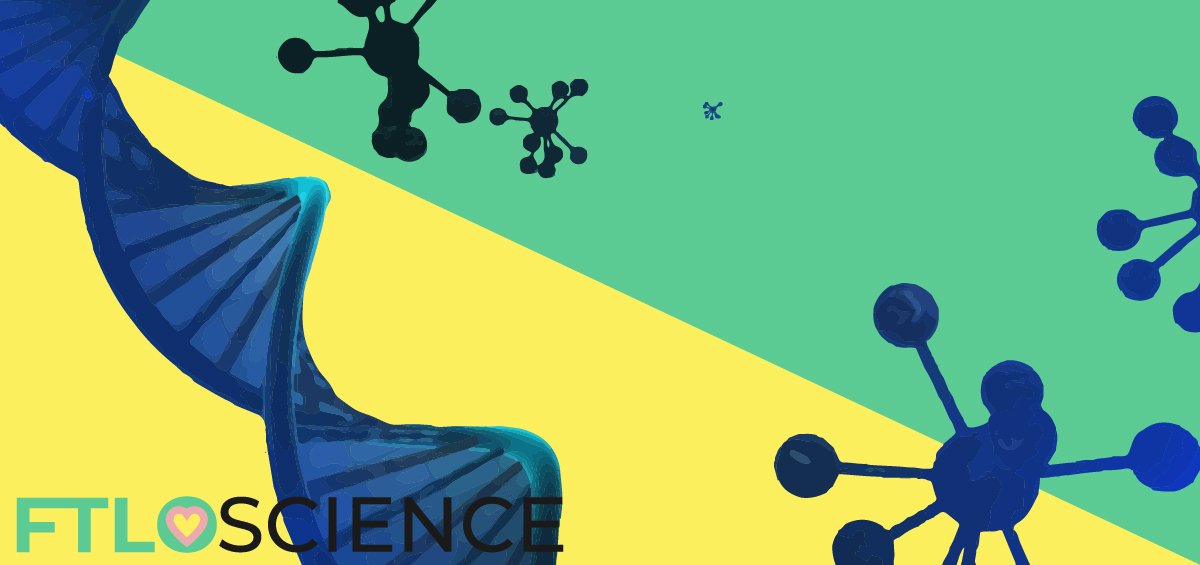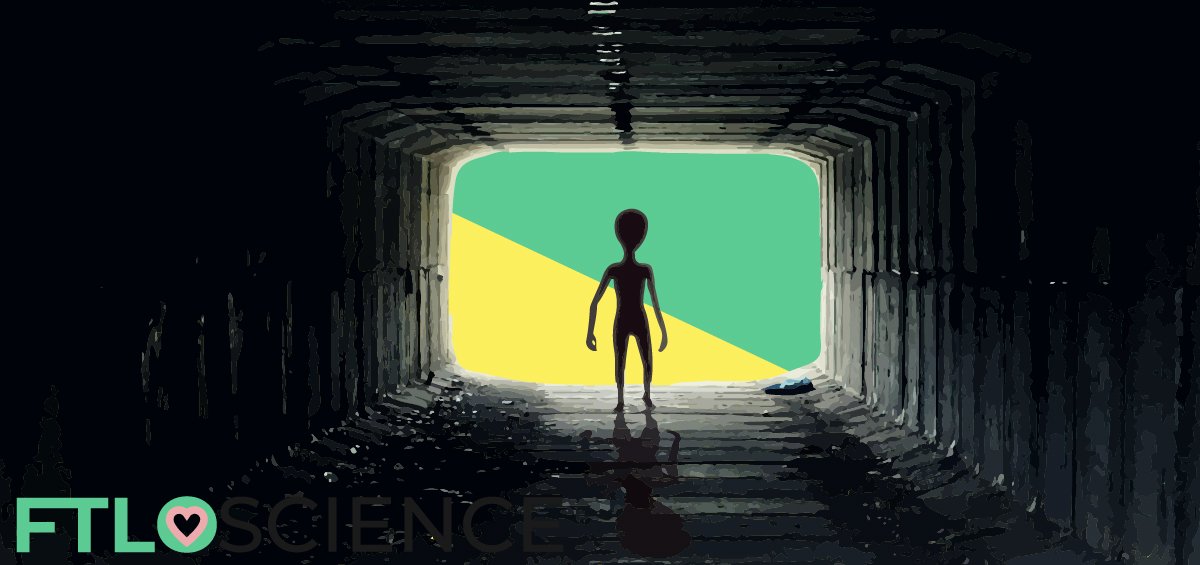So you have discovered and synthesized a promising compound that could have significant therapeutic benefit, the next step would be to design a carrier that brings the drug to its proper location within the body. Not limited to just a simple drug transporter, such a carrier must also be able to help time its release, among other factors. We take a look at the wonderful world of drug delivery systems, and how they are at the forefront of neurology research.
Drug Delivery Systems
Let’s look at one of the oldest forms of drug delivery, the humble tablet: a mixture of active pharmaceutical ingredients (API) packed into an easily ingestible form with the help of excipients. Excipients are ‘non-active’ ingredients such as corn starch or cellulose that form the bulk of the tablet.
Excipients are chosen based on their binding properties so that they release the API into the bloodstream at a specific rate, such that a therapeutic concentration can be sustained. Of course, the purpose of the drug delivery system is to enable the API to reach its intended physiological target, where it can work its magic.
Even though this is the simplest definition of a drug delivery system, it is important to remember that the therapeutic agent, or drug, will not necessarily exert its effect just by arriving at the right place. Concentrations above or below the therapeutic range change the way drugs affect the body, so this must be managed carefully as well. One can’t simply increase the administered dose so as to achieve the desired effect, that would be kind of foolish!
In reality, there are many factors that we need to consider when delivering a compound of interest to a specific part of the body at a certain concentration. Its duration of exposure, the concentration at the site of absorption vs. within the bloodstream, the potential for toxic effects or side effects, immune responses, and the list goes on.
As such, there is not one single delivery system that serves every purpose. Research on different delivery systems must be done for every drug development project as part of pharmacokinetic studies.
The Blood-Brain Barrier
One of the most challenging but rewarding targets to design a system for is indubitably the brain. Neuromedicine is a growing area of research, with cutting-edge techniques like gene therapy being applied in the search for cures for brain-related diseases. The incidence of degenerative diseases in the brain also increases with the age; as the world experiences greater life expectancy, this will become a priority for therapeutics research.
But something stands between drug delivery systems and the brain, a certain structure called the blood-brain barrier (also known as BBB). This ‘barrier’ is actually a collective term for four main interfaces that separate the central nervous system and the peripheral nervous system, but for our purposes, we are not going to discuss the anatomy in detail1,2.
The blood-brain barrier is a semi-permeable layer that separates the blood vessels in the brain from the extracellular fluid, which is important as the brain is very specific as to what can enter. The BBB only allows the passage of certain substances such as water, gases or lipid-soluble molecules3. Furthermore, high levels of glycoprotein transporters line the membrane of the BBB, ready to remove any foreign substances from inside.
Because of this, lots of drugs—being large, water-soluble molecules—are unable to traverse the BBB. Typically, only molecules with high lipid solubility, low molecular size and an overall positive charge are allowed through5. This is where sophisticated drug delivery systems can really shine, as they can bypass the extremely selective barriers. All that’s left to do is design one!
Designing a Drug Delivery System
An understanding of both chemistry and biology is necessary to successfully navigate drug delivery research. In the simplified diagram below we can see the points that have to be taken into account when dealing with BBB transport and a possible route to achieving this goal.

Since lipid solubility is the quintessential requirement for passing through the barrier, it boils down to designing lipid-based systems, or bypassing transport through the bloodstream altogether. Some of the most popular delivery systems available today are discussed below3:
Intraventricular and Intrathecal Delivery
A small pump that is able to deliver medication (usually pain relievers) directly into the fluid of the brain or spinal cord; it involves the use of a catheter to deliver the medication. Because of the direct delivery, it is more effective than the classic oral route of administration that has to travel through the entire system before it reaches the central nervous system.
Intranasal Drug Delivery
Because the nasal cavity is highly irrigated, this method of delivery achieves rapid attainment of effective blood levels of the drug. Furthermore, this route of delivery bypasses potential gastrointestinal problems and first-pass metabolism by cytochrome enzymes in the liver.
Also, as the nasal mucosa is in close proximity to the extracellular fluid surrounding the brain, this type of delivery rapidly achieves therapeutic concentrations in the CNS.
Colloidal Drug Carrier Systems
This group of systems consists of liposomes and nanoparticles that are able to modify the distribution of the drug itself, this means they can help increase the efficacy and reduce the toxicity. These delivery systems tend to be very target-specific, hence providing a possible solution to some of the toxicology issues faced by drugs such as peptide and gene-based therapies.
Micelles
Micelles are an aggregation of amphiphilic molecules, that have both hydrophobic and hydrophilic functional groups. Micelles consist of a hydrophobic core (where the drug sits) and a hydrophilic shell on the exterior. There is as well a whole list of subcategories of micelles, which we will discuss in future articles!
Liposomes
A phospholipid-based sac that can be filled with water (and hence water-soluble substances). The benefits of this type of drug delivery system are its ability to stabilize therapeutic compounds and overcome non-specific uptake while altering the biodistribution profiles of the drug contained within it.
Nanoparticles
Polymers are tiny repeating subunits (hence nano) that make up a large molecule. Made by either natural or artificial polymers, nanoparticles come in all shapes and sizes – even up to 1mm!
Apart from spheres, nanoparticles can also take on cubic and rod-like shapes, and may also have a range of overall charges—positive, negative or zwitterionic (the latter being a neutral molecule with both positively and negatively charged groups present).
They are able to ‘carry’ drugs by entrapping, adsorbing or covalently bonding to them, talk about versatility! Despite this, major problems that have been discovered with such carrier systems are their cytotoxicity and their degradation, but ways to counteract this are still being researched4,5.
Author’s Note
As explained, the BBB is a particularly tricky target yet important part of the brain and hence, a greater understanding of the underlying mechanisms will aid in designing better drug delivery systems. In general, the development of new drug delivery systems or the refinement of already known delivery systems is something that is being thoroughly studied because of its importance in the pharmaceutical industry.
Having variety in delivery systems will help overcome the limitations posed by the BBB, which in turn will help in the drug discovery and development of better brain-directed therapies.
Reference
- Chen, Y. and Liu, L. (2012). Modern methods for delivery of drugs across the blood-brain barrier. Advanced Drug Delivery Reviews, 64(7), pp.640-665
- Daneman, R. and Prat, A. (2015). The Blood Brain Barrier. Cold Spring Harbor Perspectives in Biology, 7(1), p.a020412
- de Jong (2008). Drug delivery and nanoparticles: Applications and hazards. International Journal of Nanomedicine, p.133
- Saraiva, C., Prana, C., Ferreira, R., Santos, T., Ferreira, L. and Bernardino, L. (2018). Nanoparticle-mediated brain drug delivery: Overcoming blood-brain barrier to treat neurodegenerative diseases
- Tiwari, G., Tiwari, R., Bannerjee, S., Bhati, L., Pandey, S., Pandey, P. and Sriwastawa, B. (2012). Drug delivery systems: An updated review. International Journal of Pharmaceutical Investigation, 2(1), p.2
About the Author

Alejandra was a science writer at FTLOScience from October 2018 to April 2021.





